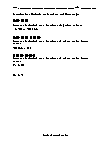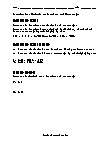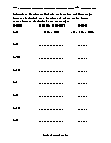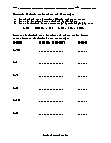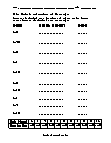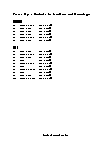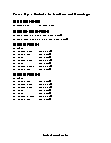Decimals to Fractions and Percentages Worksheets
How to Convert Decimals to Fractions and Percentages - There are two categories of numbers in mathematics, including rational and irrational numbers. Rational numbers are those that can be written in the form of fractions, and irrational numbers are the ones that one cannot write in the form of fractions. Pi, Euler's number, and the square root of 2 are some examples of irrational numbers. There are some decimal numbers that we can easily convert into fractions and even write them in the form of percentages. So, how do you convert rational decimal numbers into a fraction? To understand the process easily, we can use an example. Let’s try to convert 0.25 into a fraction. Step 1: Removing the Decimal - The first step of the process is to remove the decimal. To remove the decimal, you have to move it to a point which turns the decimal number into a whole number and add zeros in the denominator equal to the number of places you shift the decimal. To convert 0.25 into 25, you have to shift the decimal towards to the right-hand-side twice. 0.25 will become: 25/100. Step 2: Simplifying the Fraction - As you have successfully converted the number into a fraction, the final step is to bring the fraction in its simplest form. In this case: 25/100 = 1/4 We have successfully converted the decimal number into a fraction. The next thing that we need to learn is the conversion of decimal into a percentage. The first step of the process is to convert the decimal number into a fraction, which we have already learnt. We can now easily turn the fraction into a percentage. You simply have to multiply the fraction with 100 to find the percentage. 25/100 × 100 = 25%.
-
Basic Lesson
Demonstrates how to convert a decimal to a fraction and reduce to its lowest term.
View worksheet -
Intermediate Lesson
Works students step-by-step through decimal conversions to percentages. Convert the decimal into a percentage by multiplying by 100.
View worksheet -
Independent Practice 1
Asks students to write decimals as fractions and percentages. The answers can be found below.
View worksheet
A fraction riddle to crack you up:
Why is a numerator like an elevator?
They both go to the top!
